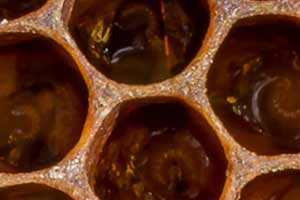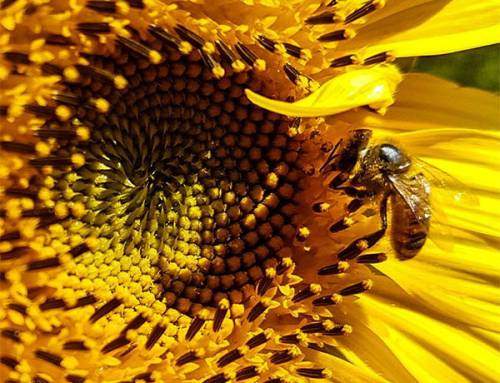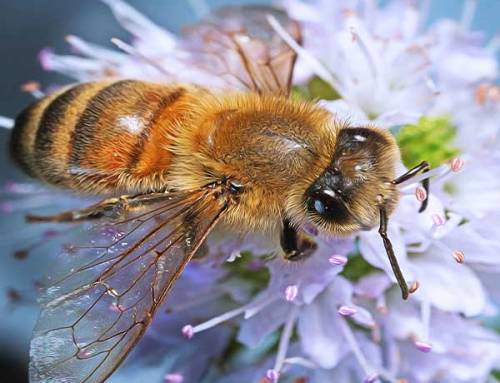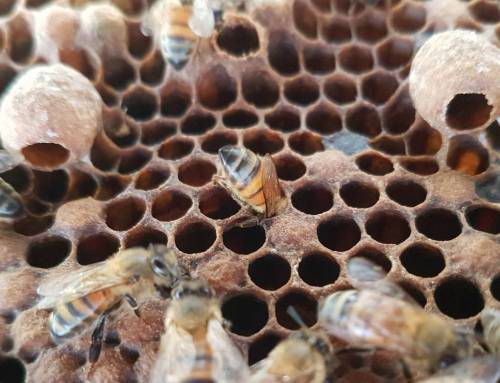Honey Bee Brood Cells, a Closer Look
There are many things a beekeeper needs to learn. First of all, a beekeeper must know what to look for when opening and inspecting a beehive. The brood box contains the honey bee brood cells. This is the area where you will find the queen, workers, drones, bee eggs, bee brood and pupae, pollen, honey, nectar, and propolis. It’s also a place to observe for the health and condition of the colony. Therefore, evidence of disease and pests may appear and it’s important for a beekeeper to identify all these quickly and accurately.
Inspecting the Brood Cells
Almost any beekeeper would know exactly what this picture is. However, if you’ve never opened a hive and seen a frame of brood you may not know what exactly what’s contained in the honey bee brood cells. The image below is a good example of the different stages of worker bee brood. From egg to larvae and capped brood. The age of the brood in each cell here can be identified by the evidence of eggs and how that egg sits in the cell. Also, the size of larvae and the capped cells covering the pupae is important to observe.
Explanation of What You see in the Image Above
The frame of honey bee brood cells pictured above includes many different stages of honey bee development and other elements stored in brood honeycomb. We have identified 7 different types described below.
Worker Bee Egg
The first stage of honeybee development is the egg about 1.2mm in size, typically smaller than a sesame seed. This worker honey bee egg is 1 to 3 days old. On the 4th day, it will develop into a very young larvae
Very young larvae
Very young larvae that have just developed from an egg and are about 4 to 5 days old since the queen laid the egg. Shaped much like a bracket ‘(‘ they are small and swim in a rich fluid of royal jelly and nectar.
Middle-aged larvae
Middle-aged larvae that are about 6 to 7 days since the queen has laid the egg. Shaped like the letter ‘C’ they are typically curved and fill a small part of its cell.
Mature larvae
Mature larvae that are about 8 to 9 days since the queen has laid the egg. Shaped like the letter ‘O’ they are typically fat, round and fill the cell
Pollen
Pollen collected from flowers that have been deposited in honeycomb cells as small pellets from the foraging honeybees pollen baskets (corbicula). This pollen has been packed and moistened with nectar and honey in layers. The pollen changes overtime during this process and becomes what beekeepers call bee bread.
Capped cell
This is a capped cell of a developing female worker honeybee. About 9 days after the worker bee egg is laid, the cell is capped with beeswax by adult worker bees so the pupae can grow and develop until about day 22 when the worker bee emerges into an adult.
Nectar
Often found very close to nearby developing brood, nectar is stored in uncapped cells before being processed into honey.







Leave A Comment